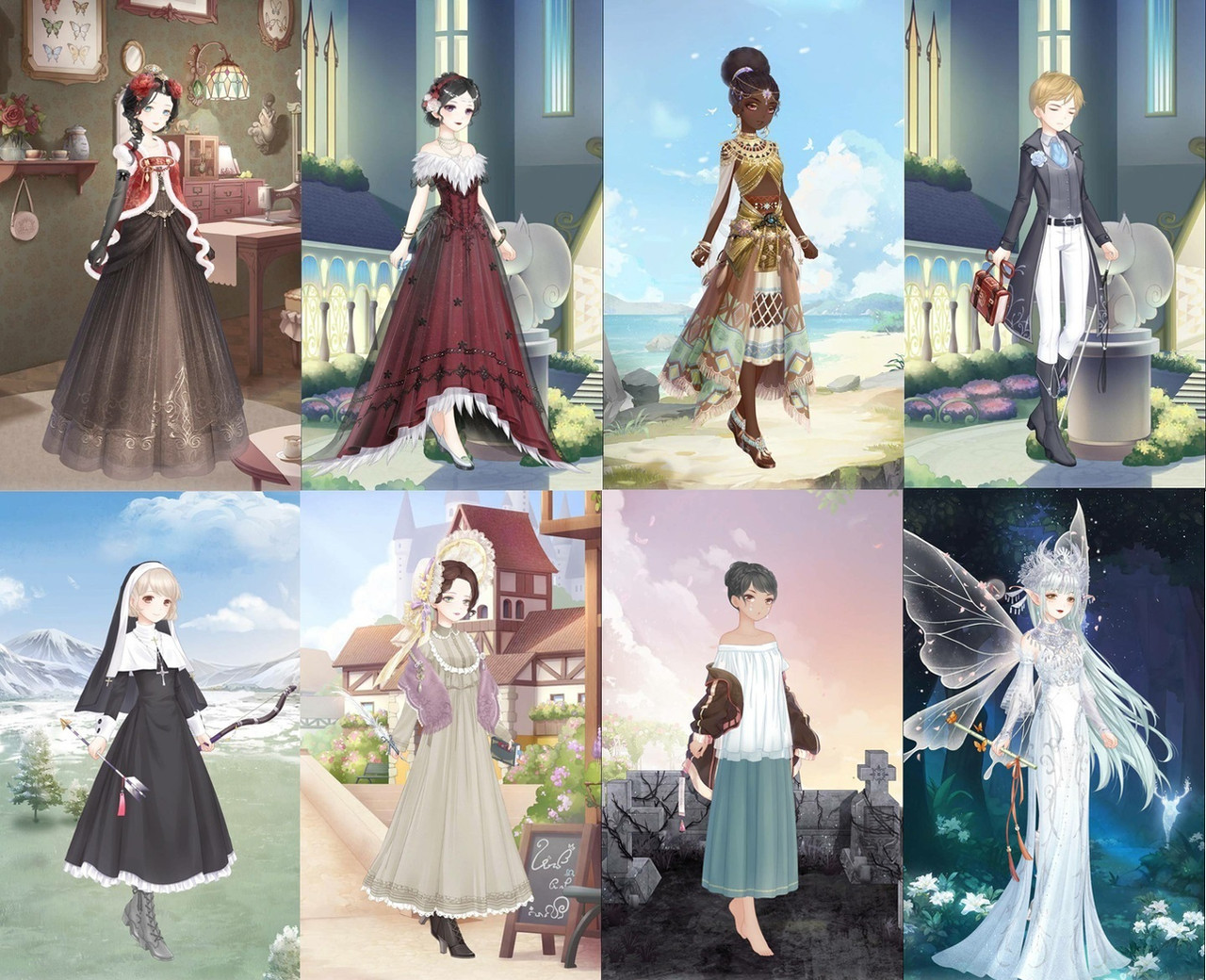HOME | DD
 LE2 — 200 Years Ago
LE2 — 200 Years Ago

#braille #history #zulu #regencyera #eugenedelacroix #georgianera #saintursula #elizabethmonroe #lovenikkidressupqueen #eraofgoodfeelings #guntelberg #ourvillage
Published: 2024-01-08 18:13:00 +0000 UTC; Views: 1249; Favourites: 1; Downloads: 0
Redirect to original
Description
Heads up, a lot of women in this year were named Elizabeth, Mary, Louise or Caroline.
Elizabeth Monroe was the First Lady in 1824, being the wife of President James Monroe. Due to her frail health, her daughter Eliza took over many of the First Lady duties. (Both had curly dark brown hair and blue eyes, so this might as well be her.) She refurnished the White House as nearly everything had been destroyed in the Burning of Washington in 1814.
Elizabeth Conyngham (née Denison), Marchioness Conyngham was an English courtier and noblewoman She was the last mistress of George IV of the United Kingdom. It was always clear that George preferred her to his wife, Caroline of Brunswick. Her own husband was made a Marquess. (Thanks for letting me sleep with your wife. Here’s a title.) It is believed that Elizabeth Conyngham stole the Hope Diamond (Then known as The French Blue) shortly after the death of George IV. A little something from Horrible Histories about George IV: George IV: Couldn’t Stand My Wife 🎶 | Gorgeous Georgians | Horrible Histories (youtube.com)
Shaka, King of Zulus, gave a port to Francis Farewell in 1824. He permitted European settlers to enter and operate in the Zulu kingdom in gratitude for medical treatment after an assassination attempt. Accompanying him to the ceremony would be his revered mother, Nandi KaBhebhe. Nandi was a devoted mother who encouraged her son to be a great chief.
Braille was invented in 1824 by Louis Braille, a 15-year-old student at the National Institute for Blind Youth in Paris, France. He got the idea from French Army Officer Charles Barbier who introduced the students to a 12-dot cryptography system he created for soldiers to use for night-time battlefield communication. Braille simplified it to a 6-dot system that a blind person could feel and “read” with one finger. Braille made it possible for blind people to read books for themselves. Today, it is also used on signage, menus, ATM’s, watches, headphones and anything else that a blind person might use. I appropriately posted this on his birthday, January 4.
St. Ursula's Convent or, The Nun of Canada; Containing Scenes from Real Life was not only the first work of fiction written by a native-born Canadian and published in what is now Canada, but also a significant early attempt by a Canadian of English and French heritage. It’s a melodramatic novel with a plot that goes all over the place. St. Ursula was the patron saint of archers, so here’s a nun doing archery. (I think whoever made up Prayer’s Voice doesn’t realize nuns don’t usually grow their hair long. The ankle length habit is better for practical work or travel in rugged areas.)
Mary Russel Mitford was an English author and dramatist. She was born at Alresford in Hampshire. She is best known for Our Village, a series of sketches of village scenes and vividly drawn characters based upon her life in Three Mile Cross near Reading in Berkshire. The series first appeared in The Lady’s Magazine and was ran throughout the 1820’s and 1830’s.
Orphan Girl at the Cemetery by Delacroix is an oil painting by the French artist Eugène Delacroix. The girl's body language and clothing evoke tragedy and vulnerability. Her grief is so deep, she appears to be questioning God. The melancholic painting hangs in the Louvre museum today. She looks a little ragged so I guessed she might be barefoot.
Lulu is an 1824 opera by Friedrich Kuhlau to a Danish libretto by Christian Carl Herman Frederik Güntelberg based upon the fairy tale "Lulu oder die Zauberflöte” by August Jacob Liebeskind Periferihme, queen of the fairies, entrusts to Prince Lulu the task of rescuing her daughter Sidi, from the wizard Dilfeng. The prince is given a magic flute to aid his quest.
Next week, a German song about a Christmas tree, the beginning of interest in dinosaurs, the founding of the RSPCA and more.























